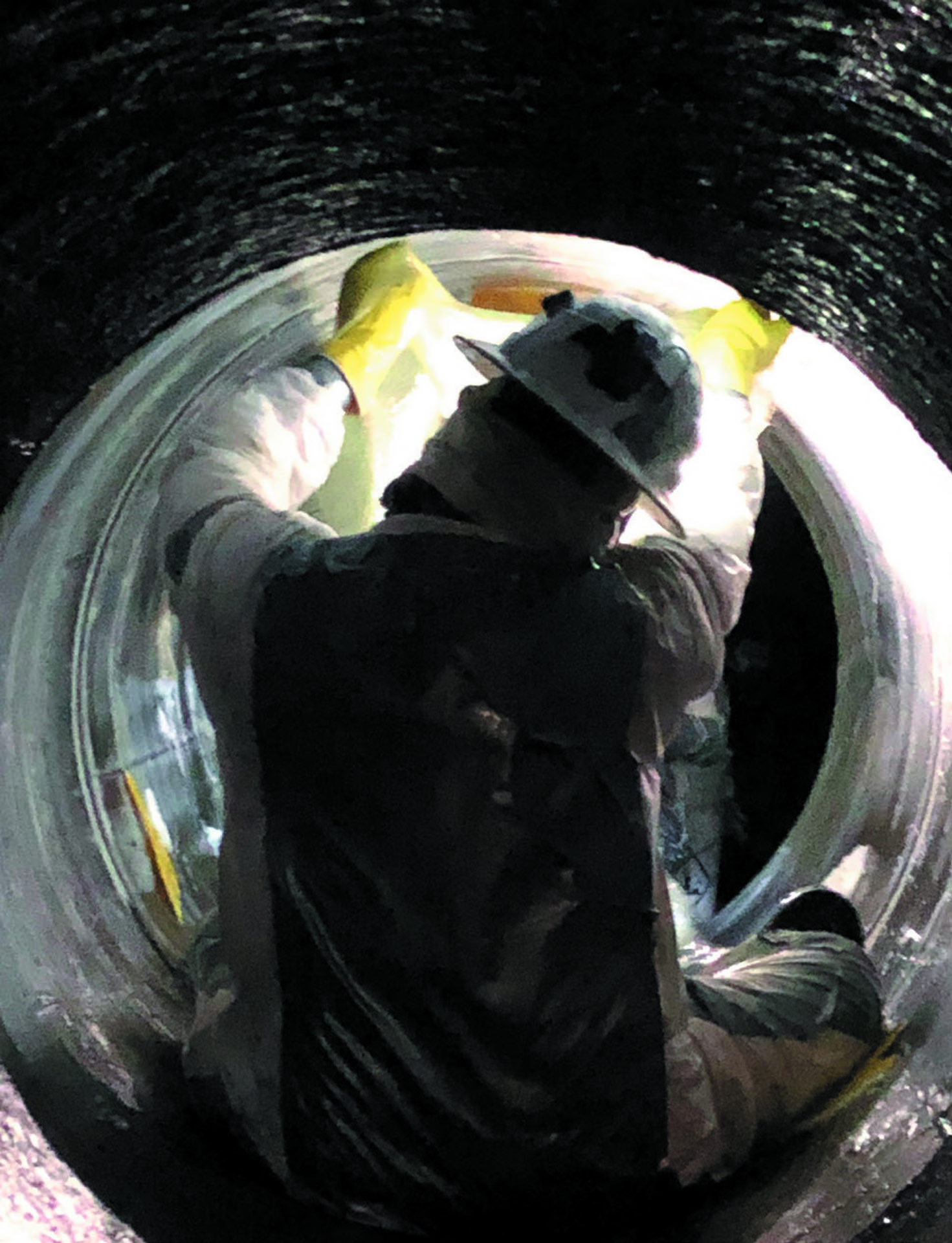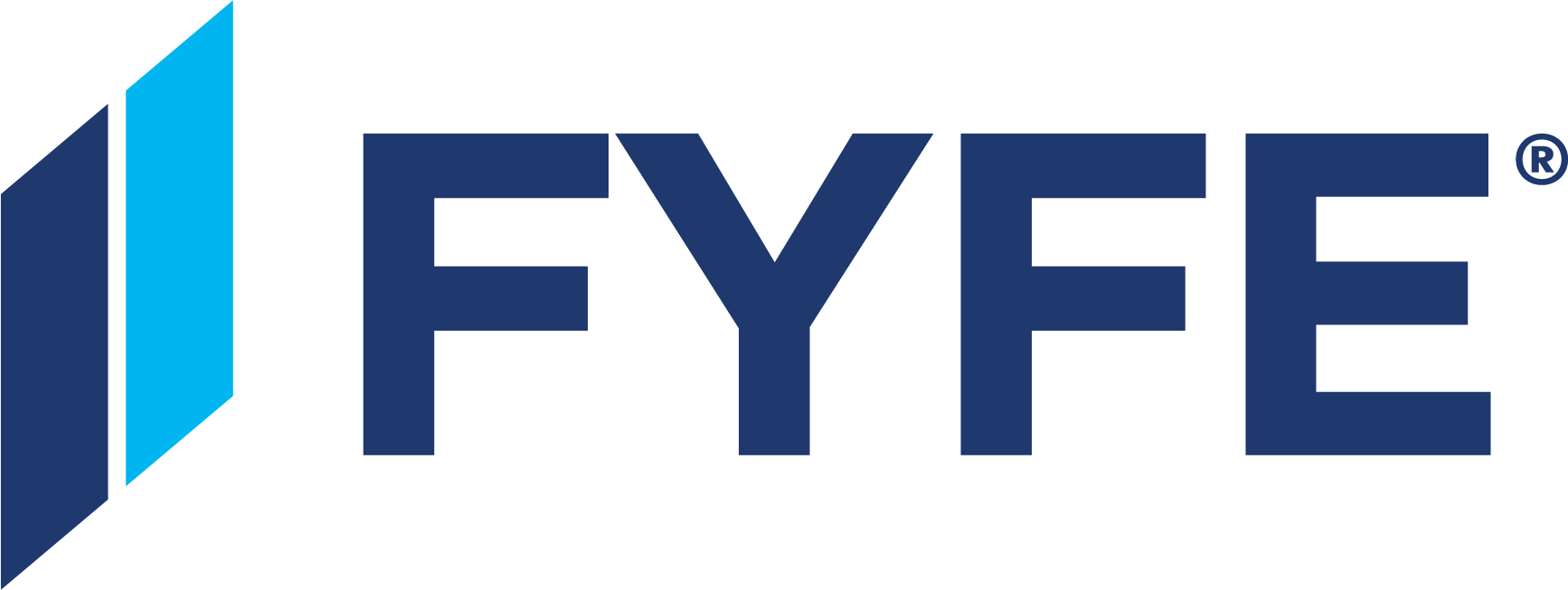PIPELINE REHABILITATION, TYFO® SYSTEM
OVERVIEW
San Jacinto River Authority (SJRA) is one of 10 major river authorities in Texas. SJRA’s mission is to develop, conserve and protect the water resources of the San Jacinto River watershed. SJRA’s main functions are to operate and maintain dams, enforce water quality and supply water to seven counties through its five operating divisions. The Highlands Division conducted a condition assessment of the Lake Houston Pump Station (LPHS) effluent lines. Three cement mortar lined steel effluent pipes, which pump raw water to a junction box were determined to be in need of rehabilitation. The effluent lines are 30 and 42 inches in diameter with venturi meters that narrows to 26 inches. The condition assessment activity was conducted in April 2017, and the pipe rehabilitation construction activity was conducted in March 2019.
SJRA retained a consultant to complete the condition assessment by confined space man entry and utilized the following inspection methods: visual assessment, concrete penetration testing on cement mortar liner, concrete surface pH testing on cement mortar liner, surface penetrating radar to measure the cement mortar liner thickness and ultrasonic testing to measure metal wall thickness. The consultant then used a proprietary 4-Level rating to determine the pipe condition. Level 1 and Level 2 conditions do not require remedial action; Level 3 warrants remedial action such as minor repairs; and Level 4 warrants repair and/or replacement. Each one of the effluent sections exhibited extensive cement mortar liner spalling and through wall holes on the steel pipe at locations near the pumps and therefore these three pipe segments required strengthening with fiber wrap materials.

PROJECT DETAILS
Project: SJRA – Lake Houston Pump Station Effluent Pipe Rehab
Location: Highlands, Texas
Pipe Length: 58-ft
Pipe Size: 30-inch and 42-inch
Pressure Test Completed: No
Installation Method: CFRP wet lay-up
Owner: San Jacinto River
Authority: Contractor Boyer, Inc.

“Fibrwrap Construction was very easy to work with
and they were very knowledgeable in their craft. They were safe, efficient and in and out with no issues. Fibrwrap’s on site pre-planning activity helped our team prepare for Fibrwrap’s crew once they arrived on site.”
Ryan Pederson, Project Manager
Boyer Inc.
The scope of work included strengthening segments on each of the three effluent pipe lines, including conducting the required surface preparation, end detailing, fiber installation, finish coat installation and conducting all the required quality control measures. The pipe length of each repaired section was 13, 18 and 27 lineal feet.
THE TYPICAL INSTALLATION PROCEDURE FOR THE FRP SYSTEM IS AS FOLLOWS:
- Removal of cement mortar liner.
- Prepare the exposed steel substrate by sandblasting to SSPC No. 10, to near white metal.
- Conducted through wall hole repairs by filling voids with owner approved materials and with a proprietary watertight detail, which prevents groundwater infiltrating the pipe during construction activities.
- Before the CFRP system is installed, prepare three 2 ft. x 2 ft. mockup areas in the pipeline with one layer of the CFRP system using the same surface preparation and installation methods to be used for the repair pipes per ASTM D4541.
- Install CFRP layers in the hoop and longitudinal directions as required by the AWWA C305 design requirements.
- Place the hoop layers of the CFRP system in narrow widths as needed to conform to sloped surface in joint recess. Stagger the seams of the narrow hoop layers in subsequent layers.
- During the repair of pipes, prepare at least one 2 ft. x 2 ft. witness panel (test panels) per day per work shift on a level surface using one layer of the CFRP system and the same material and techniques used for the fiber wrap installation in the above listed pipes.
- After the installed CFRP system has become tack free, inspect all surfaces for voids, delaminations, wrinkles and raised fabric edges, and perform corrective actions.
- Cure the CFRP system using curing schedule approved by the engineer. Pipeline can be refilled after the CFRP system completes at least 85% cure based on Barcol or Shore D hardness.
- Final inspection and acceptance of work.
The project was completed on time and below budget and the general contractor was complimentary of Fibrwrap Construction’s crew expertise, ability to manage their project and work in partnership with the owner and general contractor.




